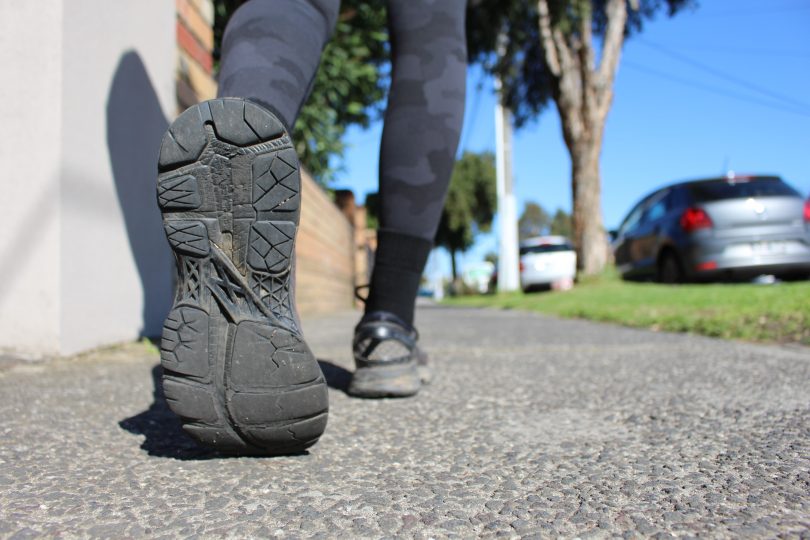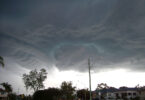Discussions of women’s safety in society have been projected into the mainstream in recent years with the 2012 disappearance and murder of Jill Meagher sending shock waves through Melburnians and more recently the disappearance and murder of UK woman Sarah Everard.
Statistics from the City of Melbourne and the Australian Bureau of Statistics show that women still feel less safe than men in Australia.
According to data developed by the City of Melbourne through the Future Melbourne: Indicators of Wellbeing by Year survey, residents in Melbourne’s Local Government Areas, especially women, are not satisfied with their safety.
Notably, women were more satisfied with their safety in 2015 compared to other years, sitting more closely to that of male satisfaction. Whilst the male satisfaction of safety has remained consistent, female satisfaction has fluctuated as seen in a drastic fall in 2016 to 77.3.
The survey also found that men’s and women’s perceptions of safety differ considerably between day and night with large margins separating the two. Both men and women perceive their safety to be higher during the day compared to at night.
A significant change in this data occurs in 2016. Both men’s and women’s perceptions of safety during the day lowers compared to previous years. As well as the gap between men and women narrowing, with men perceiving their safety at night at 70.9 per cent and women’s perceptions of safety at night rising dramatically to the highest seen in the data at 68.4 per cent.
The experiences in Melbourne fit into a larger pattern of perceptions of safety across Australia as seen from The Australian Bureau of Statistics 2016 Personal Safety survey.
The Personal Safety Survey was conducted in 2005, 2012 and 2016 with both urban and rural areas in all states and territories included. The survey spoke to men and women aged 18 years or over and it confirms that generally, men feel safer than women when walking alone.
The survey shows that men and women’s decisions around their safety differ greatly. With 68.1 per cent of men being more likely to walk alone after dark compared to 38.7 per cent of women. As well as in 2016 30.7 per cent of women deliberately chose not to walk alone because they felt unsafe compared to 4.2 per cent of men.
Both the Future Melbourne: Indicators of Wellbeing by Year survey and The Australian Bureau of Statistics Personal Safety Survey shows the marginal differences between men and women and their perceived safety in Australia. While Australia and particularly Melbourne are considered some of the most liveable environments, the continuing disparity between men and women’s safety is clear and concerning.
If this story raises any concerns for you, please see the services below that can help:
Lifeline: 13 11 14
1800Respect: 1800 737 732
Womensline: 1800 811 811
Men’s Referral Service: 1300 766 491
If you or someone you know are in immediate danger, please call 000
(Feature Image: Women still feel unsafe walking alone on Australian streets data suggests. BRIGITTE MURPHY)






